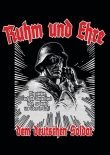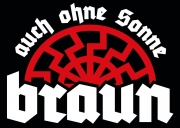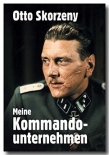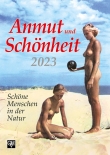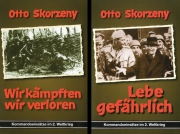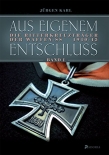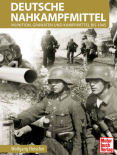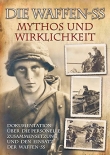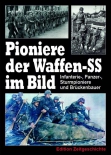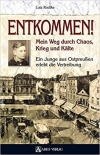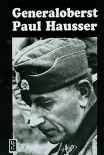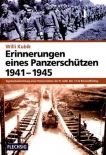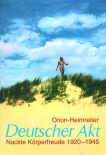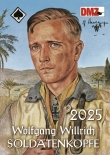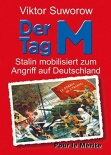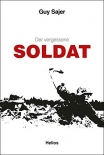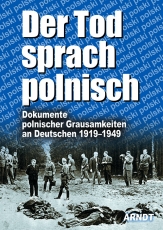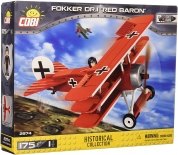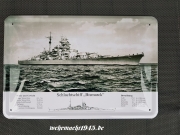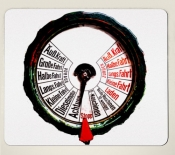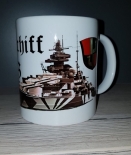Settings
Shipping country
Languages
- Products description
- Reviews
Products description
Documents of Polish atrocities against Germans 1919–1949
384 p., Many illustrations, hardcover in large format.
When speaking of the painful history of the coexistence of Germans and Poles in the first half of the 20th century, one very often encounters the following notion: there is a perpetrator people - and that's the German, and there is a victim people - that is the polish.
This very simplified picture dominates public opinion (or published opinion) almost entirely. Only really
Affected, the Germans from East Prussia, West Prussia, and Pomerania
Silesia, as well as some specialist scientists who are hardly known to the general public, have a more nuanced view.
In addition to the Polish attacks in Poznan since 1919,
West Prussia and Upper Silesia and the massacres of 1939, which were known as
"Bromberger Blutsonntag" went down in history, take the
Polish eviction crimes and the tortures in Polish post-war
Concentration camps take up a lot of space in this plant. With new, hitherto unknown, cruelest documentary photos of slaughtered Germans, the balance sheet of the horror to which innocent German civilians - often women and children - were repeatedly exposed by Polish fanatics in the 20th century is documented.
Reconciliation and understanding cannot be bought by accepting a one-sided and incomplete writing of history. In the semi-official balance sheet of suffering, the mass suffering and death of innocent German people at the end and in the aftermath of the Second World War is missing. However, crimes are not horrible in one case and less horrible in another, depending on who committed them. Injustice cannot be redeemed by injustice either. Tears have no nationality.
384 p., Many illustrations, hardcover in large format.
When speaking of the painful history of the coexistence of Germans and Poles in the first half of the 20th century, one very often encounters the following notion: there is a perpetrator people - and that's the German, and there is a victim people - that is the polish.
This very simplified picture dominates public opinion (or published opinion) almost entirely. Only really
Affected, the Germans from East Prussia, West Prussia, and Pomerania
Silesia, as well as some specialist scientists who are hardly known to the general public, have a more nuanced view.
In addition to the Polish attacks in Poznan since 1919,
West Prussia and Upper Silesia and the massacres of 1939, which were known as
"Bromberger Blutsonntag" went down in history, take the
Polish eviction crimes and the tortures in Polish post-war
Concentration camps take up a lot of space in this plant. With new, hitherto unknown, cruelest documentary photos of slaughtered Germans, the balance sheet of the horror to which innocent German civilians - often women and children - were repeatedly exposed by Polish fanatics in the 20th century is documented.
Reconciliation and understanding cannot be bought by accepting a one-sided and incomplete writing of history. In the semi-official balance sheet of suffering, the mass suffering and death of innocent German people at the end and in the aftermath of the Second World War is missing. However, crimes are not horrible in one case and less horrible in another, depending on who committed them. Injustice cannot be redeemed by injustice either. Tears have no nationality.
Herstellerangaben:
Christian SempertCarl-Struck-Str. 15
17192 Waren Müritz
Telefon: 03991/7780647
E-Mail: info@wehrmacht1945.de
Internet: https://www.wehrmacht1945.de
This Product was added to our catalogue on 29/09/2021.
Customer reviews
Average rating: 0
Based on 0 Customer reviews
Write the first Review!
Customers who bought this product also bought the following products:
Additional Products:
Last viewed:

